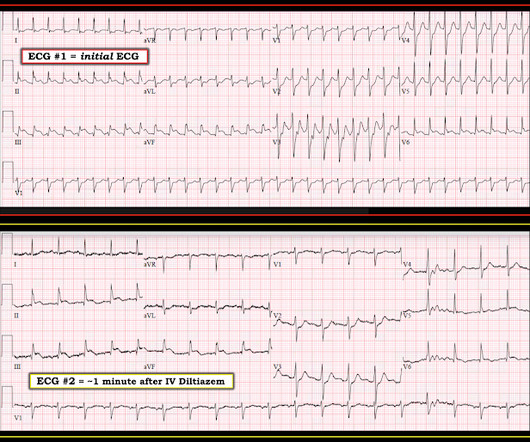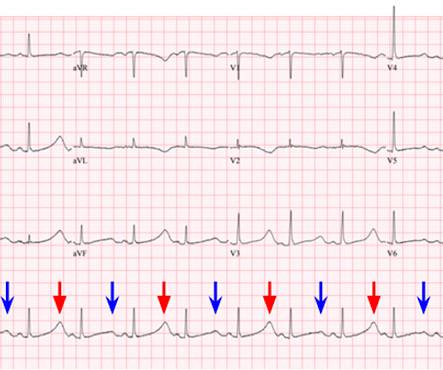PO-05-044 FLUOROLESS CATHETER ABLATION OF AN ATRIAL TACHYCARDIA ORIGINATING FROM THE DISTAL LEFT ATRIAL APPENDAGE IN A PREGNANT WOMAN WITH TACHYCARDIA-INDUCED CARDIOMYOPATHY
HeartRhythm
APRIL 30, 2024
Supraventricular tachycardias are the most common arrhythmias that occur during pregnancy. Pharmacologic therapy is often preferred in pregnant patients. When pharmacologic therapy fails, fluoroless catheter ablation utilizing electroanatomic mapping systems and intracardiac echocardiography (ICE) may be considered.

















Let's personalize your content